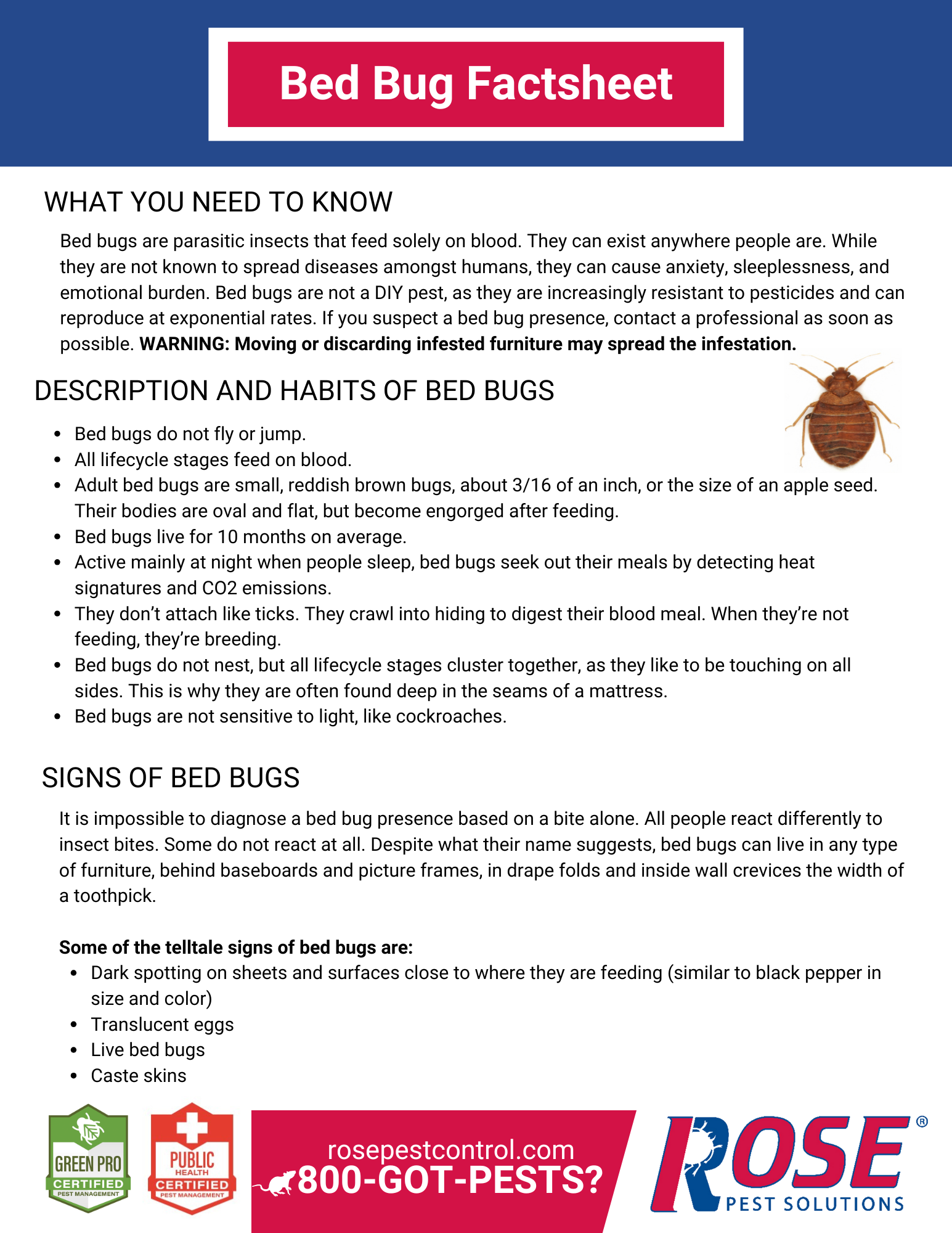6 Simple Techniques For Bed Bug Services
A Biased View of Bed Bug Services
Table of ContentsBed Bug Services Fundamentals ExplainedBed Bug Services - An OverviewAll About Bed Bug ServicesNot known Facts About Bed Bug Services
A thorough bed bug inspection by experts is far more detailed than a casual glance and requires specialized knowledge. Bed bugs are tiny, quick, and skilled at concealing themselves that often dwell in small hiding places in furniture and walls. Because of their stealthy behavior, meticulous assessment is critical to accurately locate and quantify infestations. Professional inspectors use a combination of tools, procedures, and knowledge to detect bed bugs accurately, reducing the risk of escalation.The first step in the inspection process involves understanding bed bug biology and behavior. Bed bugs belong to the order Hemiptera and experience multiple nymph stages before reaching adulthood. Adults are around five millimeters long, flat, reddish-brown, and wingless with slender legs and antennae. Their segmented proboscis allows them to pierce the skin and feed on blood, resulting in clusters of itchy bites. Knowing these traits guides professionals in locating infestations.
Early detection is critical for effective management. Professionals carefully check for signs such as tiny ink-like droppings, molted skins, and egg clusters (Bed Bug Services). Even one female can produce dozens of eggs quickly, resulting in serious outbreaks. Evidence of shed exoskeletons or leftover eggs signals ongoing activity and demands thorough examination
Preparing for an inspection demands meticulous preparation. Inspectors often advise removing items that block access, which improves access to furniture and baseboards. Bedding and linens may be cleaned thoroughly and sealed in plastic bags, and then kept in plastic bags to maintain cleanliness. Wall decor, mirrors, and pictures may need to be removed to check hiding places. Vacuuming furniture and floors can remove loose pests, and vacuum bags should be discarded carefully to avoid spreading.
5 Simple Techniques For Bed Bug Services
The inspection itself find out is methodical and detailed. Inspectors focus on sleeping areas like beds, headboards, and mattresses, paying attention to edges, seams, and potential hiding spots. Upholstered furniture, including couches and chairs, is inspected thoroughly, including underneath and inside cushions. Baseboards, moldings, the edges of wall-to-wall carpeting, electrical outlets, closets, and storage areas are methodically checked, as these can be key areas for infestation.
Specialized tools help inspectors find hidden pests. Flashlights, magnifying lenses, multi-tools, and mirrors help inspect hard-to-see areas. Monitoring devices like interceptor traps or sticky pads help track bed bug activity over time. Some companies use detection dogs, which can locate live bed bugs quickly, distinguishing them from residual signs.

Meticulous documentation plays a critical role. Inspectors maintain detailed notes of findings, areas affected, and next steps. This provides a reference for follow-ups and offers proof of inspection. Residents are often advised not to remove blood-stained sheets or vacuum infested areas, as this ensures accurate results.
After inspection, a monitoring plan may be implemented to follow up on findings. Continuous monitoring identifies surviving insects after treatment, and interviews with household members provides additional insight. Cooperation from residents ensures accuracy.
Fascination About Bed Bug Services

Professional inspections offer a higher level of accuracy than DIY attempts. Trained inspectors know what to look for and where, prevent misdiagnosis, and confirm the situation accurately.
Bed bug inspections are particularly important in places where infestations spread easily. read this post here Inspectors assess all connected areas to confirm complete assessment (Bed Bug Services). This stops further spread
In summary, a professional bed bug inspection includes identifying the pest, readying the environment, inspecting meticulously, employing tools, maintaining records, and ongoing monitoring. Each step supports early detection, informs treatment, and reduces future Get More Information risk.
The Ultimate Guide To Bed Bug Services
